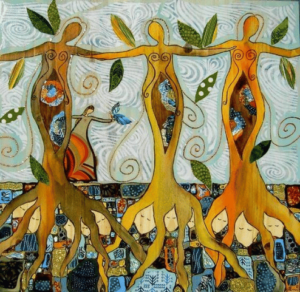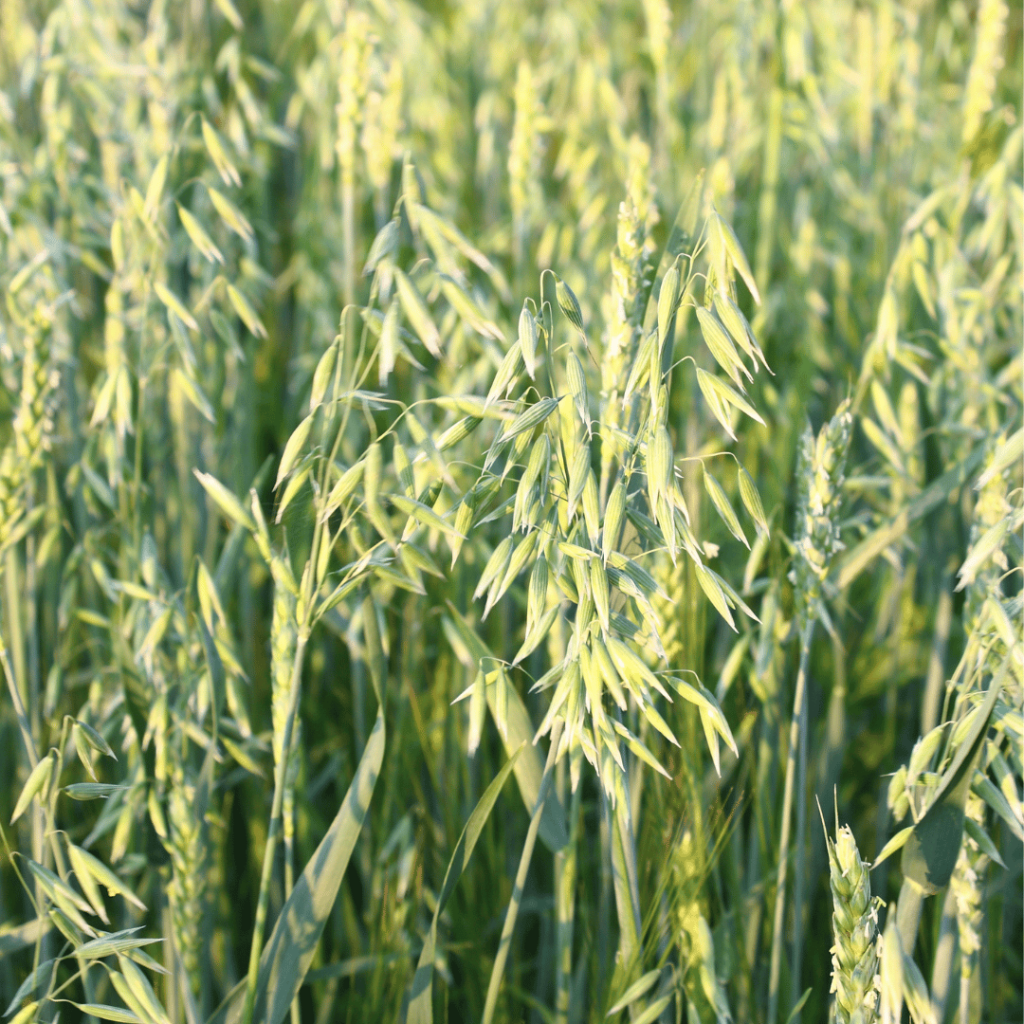- By: Dionne
- March 8, 2023

8 Essential Tips for Aspiring Herbalists: A Guide to Success
Embarking on a journey as an herbalist is a rewarding and fulfilling path, but it comes with its own set

Latest News
The majority of women in our herbal history who practiced medicine, birthed babies, and treated the sick and injured you will not find written about in books or on Wikipedia. Today we will look at three women from our women’s herbal history.
And it is women that have historically practiced the majority of folk medicine–who held knowledge about their healing properties, how to harvest and store them, make medicine from them, and how to use them in practical ways. These women lived in our communities, and these women are part of our family lineages. These women are our grandmothers and great-grandmothers.
And yet for many of us, we may never know who they were.

it’s important to learn women’s herbal history.
Generally speaking, medicine–in the sense of day-to-day matters of health, healing, and practices– has traditionally been the realm of women. Outside of the development of the science and study of medicine, women steadily birthed and raised children, dealt with illnesses, assisted with contraception, the healing of bones, and more.
Many men in medicine as well as our herbal history who have committed herbal knowledge to paper (including some books we have on our shelves today, which we read and reference) gained their herbal knowledge from knowledgeable women in their communities and didn’t credit their teachers. If they did, it was often in the most perfunctory of ways.
It’s important to give credit to where it is due, and there is much credit to be given to the women before us who never received any formal recognition for their work–whose names we will never see on herbal reference books, history books, or remedies.
There is a knowledge and history of community healers that are generally held within their communities. As elders pass away, these memories and knowledge are lost.
It’s important to honour those that came before us, and do what we can to make sure the voices, knowledge, and contributions of women in herbalism and healing in communities are centred, catalogued, and remembered.
There are so many women we could feature–for this installment, to keep our focus local, we wanted to give credit to the women who held, carried and practiced medicine of this land. Please know that there are many more–both remembered and forgotten–those who carry the medicine of this place, and also those who brought their various healing traditions from their homelands.
For International Women’s Day and Women’s History month, we wanted to celebrate honouring our women’s herbal history.
Allow us to introduce 3 women from Turtle Island, who are rooted in or have a connection to sharing their knowledge in the land we call Canada,
Marie Rose Delorme Smith was born in Treaty 1 Territory, in White Horse Plains, Manitoba. She grew up living a traditional Metis lifestyle, speaking French, English and Cree with her relatives and travelling in her father’s trade caravan.
She eventually went on to settle in Treaty 6 Territory with her husband Charley Smith, where they established Jughandle Ranch in Pincher Creek, Alberta. She birthed and raised a total of 17 children while serving as a local healer and midwife to the communities around her.
Her great-great-granddaughter, Herbalist Kalyn Kodiak, noted her admiration for Marie’s ability to offer healing services across cultures–to the Indigenous, Metis, and white communities around her.
She published many articles on her firsthand experiences of early Metis life travelling across trade routes, and often included observations and notes on the local uses of plants and animals for food, healing and shelter. You can still access the notes she took and recorded on local healing remedies of her day in the Glenbow Library & Archive Western Research Centre at the University of Calgary.
Norma Myers lived in Alert Bay, BC, a small village on Cormorant island off the northeast coast of Vancouver Island with her husband Carey Myers, a Kwakwaka’wakw hereditary chief.
As a young person, Norma was diagnosed with cancer and used whole foods and herbs to regain her health, prompting her to dive deeper into studying natural healing. Norma’s own teachers included Indigenous medicine people as well as European herbalists.
She was known for having a deeply spiritual connection with the plants and taught how important understanding the energy of the plants was in being able to use them effectively for medicinal purposes.
Her classes were often held outdoors on the land and she encouraged her students to develop a relationship with the plants and animals of the environment. She organized many herbal gatherings around the Pacific Northwest and was foundational in establishing the herbal communities of the area.
“I like to encourage a sense of conservation among would-be herbalists. To do this, I take people out into the woods, to feel the energy of the trees – the arbutus, the maples, all the different trees. I want them to feel that, because when people get closer to being part of the pattern, then they won’t be so destructive.”
- Norma Myers, from “Herbal Pathfinders Voices of the Herbal Renaissance” by Robert Conrow and Arlene Hecksell
Tweet
Keewaydinoquay Pakawakuk Peschel was a renowned herbalist, ethnobotanist, educator, and advocate for Indigenous herbalism and plant-based healing.
Keewaydinoquay has written extensively on the use of herbs and plants in Indigenous healing and taught many classes on the subject. She focused on the importance of plant communication and understanding the nuanced knowledge of traditional medicine and the importance of sustainability in harvesting plants.
"Plants have been used for millennia in healing and communication. Through the use of herbs, teas, and tinctures, the plants’ medicinal and energetic properties can be accessed. Plant communication is a two-way exchange between the plants and the people who use them. The plants provide healing and guidance, while the people offer their intention and appreciation. In this way, plants can be used as allies to help us connect to our inner wisdom and the world around us."-Keewaydinoquay Pakawakuk Peschel, Aanishnabeg Elder, Crane Clan Tweet
Keewaydinoquay began her training as a medicine woman at approximately nine years old, when she was apprenticed to a well-respected medicine woman in her village named Nodjimahkwe. Although she was born in Michigan, both she and her teachings travelled across the border up into Canadian territory.
Having held several master’s degrees, and through her role as a professor at the University of Wisconsin, much of her knowledge has been disseminated across educational institutions and communities. It has also been recorded for posterity in the book “Plants Have So Much To Give Us, All We Have To Do Is Ask” by her apprentice, Mary Siisip Geniusz.
We hope you enjoyed learning a little about our local women’s herbal history. Remember–this is the smallest snapshot into the women of this land who worked with plants and shared their knowledge. There are many, many more.
In conclusion, some thoughts to leave you with:
If you were fortunate enough to have knowledge passed down to you by a woman in your family–in the form of stories, recipes or remedies–treasure them.
If you are lucky enough to have been taught or mentored or apprenticed in an uninterrupted oral tradition, hold this time and knowledge near and dear to your heart. How can you continue to share this knowledge to make sure it survives and thrives?
If you are fortunate in that there was an imperative in your cultural community to catalogue and record this knowledge even if it is no longer held by living members–you may be able to with some work and research, re-learn and re-connect back to the medicine of your great-great-grandmothers.
Herbalism is an ancient practice, but it is still very much alive today, thanks not only to the work of today’s dedicated herbalists–but also to the women who utilized folk medicine quietly and steadily throughout the millennia, across all cultures, who have informed much of our herbal knowledge and practices today.
Let’s continue honouring women’s herbal history not just on International Women’s Day, but in the work we do as herbalists throughout the year.
-Dionne, Baily, Megan and Cherianne at Wild Rose College

Embarking on a journey as an herbalist is a rewarding and fulfilling path, but it comes with its own set

Unlocking Vitality: A Holistic Approach to a Spring Cleanse – is your guide to a holistic spring cleansing, inspired by

Milky Oats: The Best Herb for Self Care In our fast-paced world, self-care is essential for maintaining balance, resilience, and